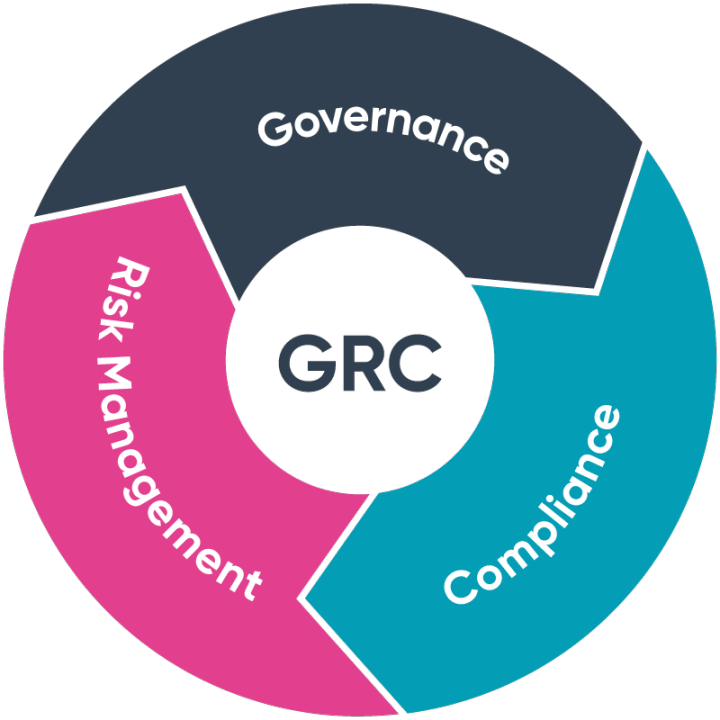The CrowdStrike Meltdown Has Rocked Fortune 500s to the Tune of $5.4 Billion
Strategic Takeaways for IT & Cybersecurity Leaders
In an unprecedented blow to the corporate world, the recent CrowdStrike outage we’ve been covering for you has sent shockwaves through Fortune 500 companies, causing financial losses estimated at $5.4 billion, as revealed by cloud insurance firm Parametrix.
The Fallout
On July 19, 2024, a faulty software update in CrowdStrike’s Falcon platform triggered system crashes and blue screen errors on approximately 8.5 million Microsoft Windows devices worldwide. This incident wreaked havoc across various industries, particularly impacting healthcare, banking, and airlines.
Key Findings
- Fortune 500 Impact: About 25% of Fortune 500 companies experienced significant disruptions.
- Healthcare Losses: $1.94 billion in losses, the highest among all sectors.
- Banking Sector: $1.15 billion in losses, impacting online banking and financial services.
- Airlines Chaos: $860 million lost, with major carriers grounding thousands of flights.
- Limited Coverage: Cyber insurance is expected to cover only 10-20% of the losses, amounting to $540 million to $1.08 billion.
Widespread Disruptions
The outage caused chaos in multiple sectors:
- Airlines: Major carriers like Delta and United faced massive operational delays, with thousands of flights grounded globally.
- Healthcare: Hospitals and clinics experienced appointment cancellations, delays, and system outages, leading to significant operational disruptions.
- Financial Services: Online banking systems and payment platforms were severely affected, disrupting financial transactions and services.
- Public Transit: Several cities reported disruptions in their transit systems, causing commuter chaos.
Industry Insights
Parametrix’s real-time monitoring and analysis of over 6,000 technology businesses illuminated the staggering impact. Despite 97% of Windows sensors being restored, the fallout from the incident underscores the critical reliance on interconnected technologies and the need for robust risk management strategies.
Strategic Takeaways for IT and Cybersecurity Leaders
1. Thorough Testing of Updates:
- The incident highlights the necessity of rigorous testing before deploying software updates. IT leaders should ensure updates are tested in isolated environments to prevent widespread disruptions.
2. Disaster Recovery Plans:
- Developing comprehensive disaster recovery plans is essential. These plans should include clear protocols for system restoration and continuity of operations during outages.
3. Manual Workarounds:
- Establishing manual workarounds for critical operations can mitigate the impact of IT failures. This ensures that essential services remain operational even during significant outages.
4. Cyber Insurance:
- Reviewing and enhancing cyber insurance policies is crucial. Given the limited coverage observed, companies should evaluate their policies to ensure adequate protection against business interruption losses.
5. Diversification of Dependencies:
- Diversifying technology dependencies can reduce risk. IT leaders should consider using a mix of service providers and platforms to prevent single points of failure.
6. Employee Training:
- Regular training on incident response can improve organizational resilience. Employees should be well-versed in protocols to follow during IT disruptions to minimize operational impact.
How Cyber Defense Advisors Can Help
Cyber Defense Advisors (CDA) can support your organization in several key areas to bolster your cybersecurity posture and enhance resilience against future incidents:
1. Risk Assessment and Management:
- Conduct comprehensive risk assessments to identify vulnerabilities and develop strategies to mitigate risks.
- Implement advanced threat detection and response systems to proactively manage cybersecurity threats.
2. Disaster Recovery Planning:
- Develop and test robust disaster recovery and business continuity plans tailored to your organization’s needs.
- Establish clear protocols for system restoration and continuity of operations during outages.
3. Cyber Insurance Review:
- Evaluate and optimize your cyber insurance coverage to ensure it adequately protects against business interruption and other cyber-related losses.
4. Incident Response Training:
- Provide regular training and simulations for employees on incident response procedures to enhance organizational readiness.
5. Technology Diversification:
- Advise on diversifying technology dependencies to reduce the risk of single points of failure.
- Recommend alternative service providers and platforms to enhance operational resilience.
6. Update Management:
- Assist in establishing rigorous testing protocols for software updates to prevent disruptions.
- Provide guidance on deploying updates in isolated environments before full-scale implementation.
7. Manual Workaround Development:
- Help develop manual workarounds for critical operations to ensure business continuity during IT failures.
As the tech industry reflects on this unprecedented outage, it’s clear that proactive measures and strategic planning are crucial to mitigating the impact of future incidents. Cyber Defense Advisors is here to help you navigate these challenges and strengthen your cybersecurity defenses.





